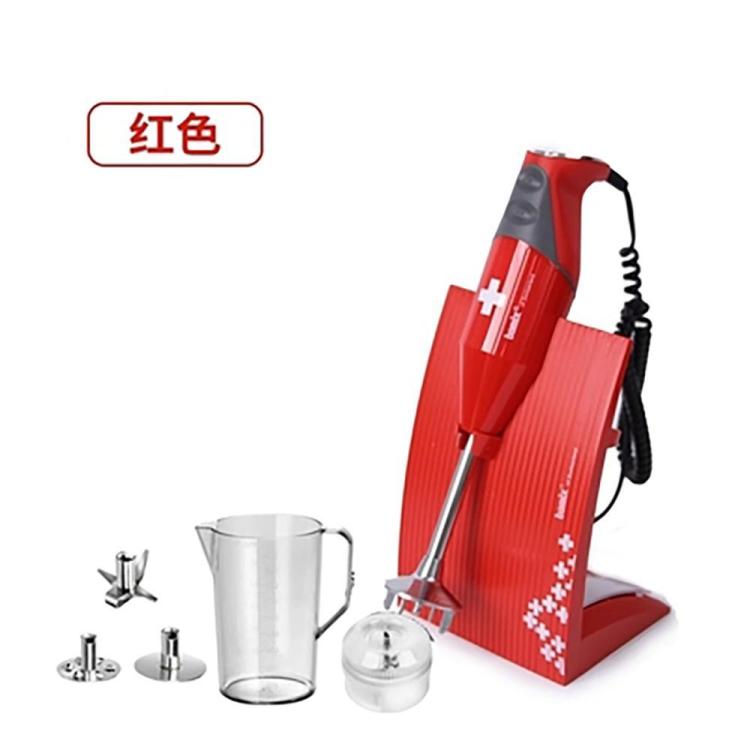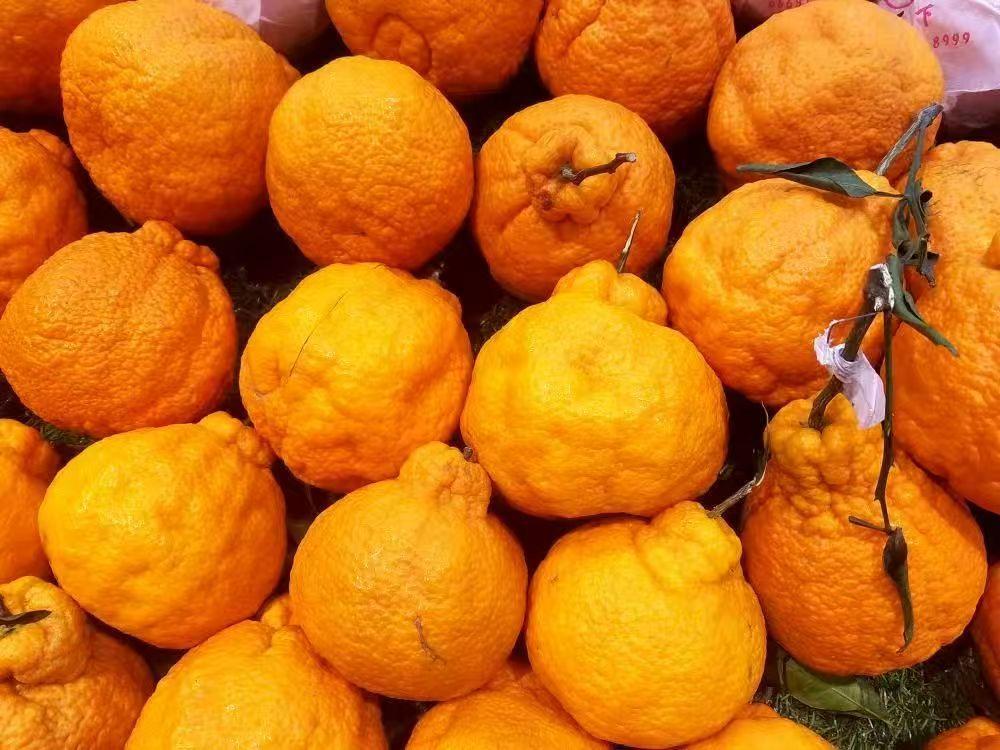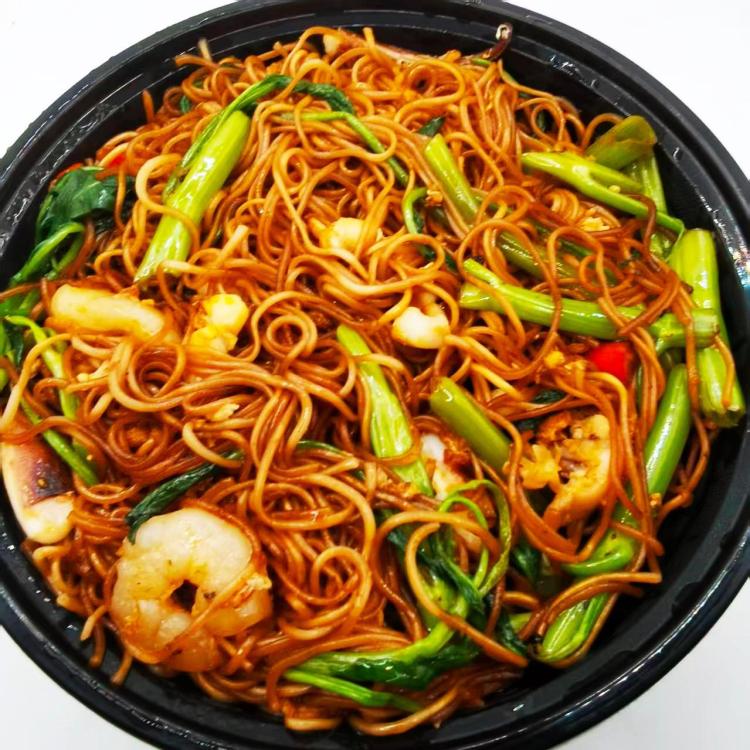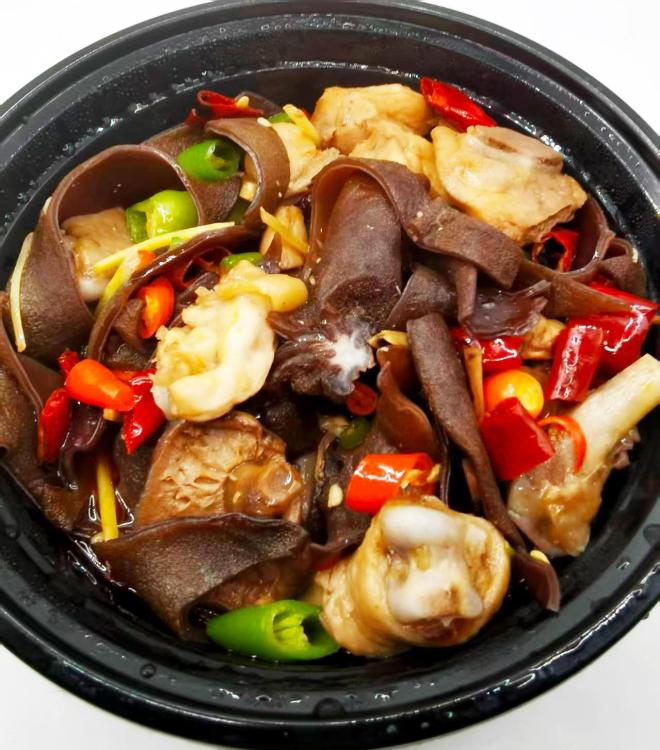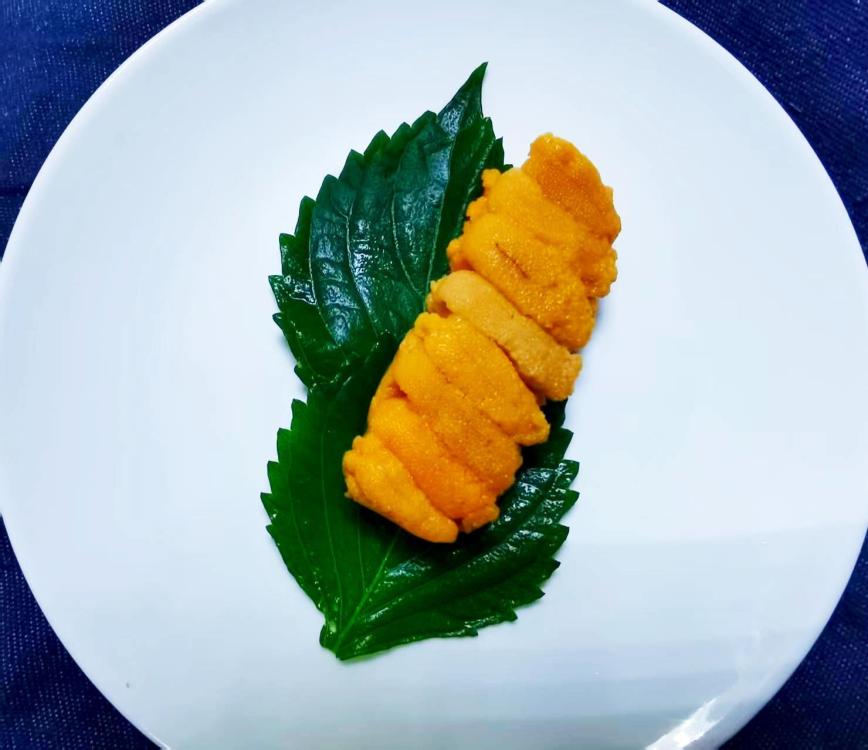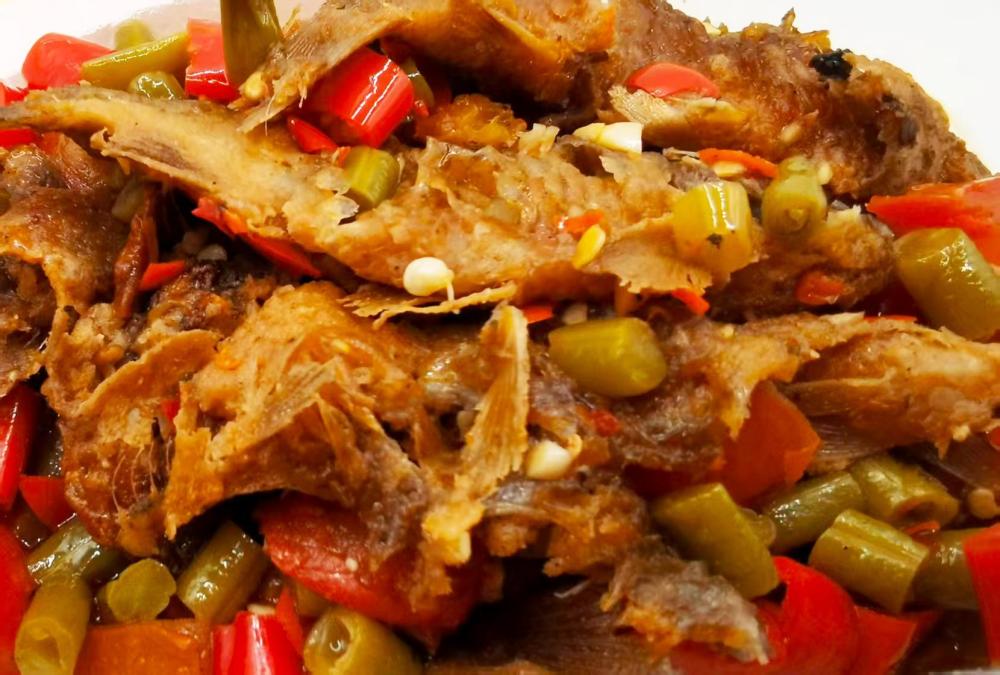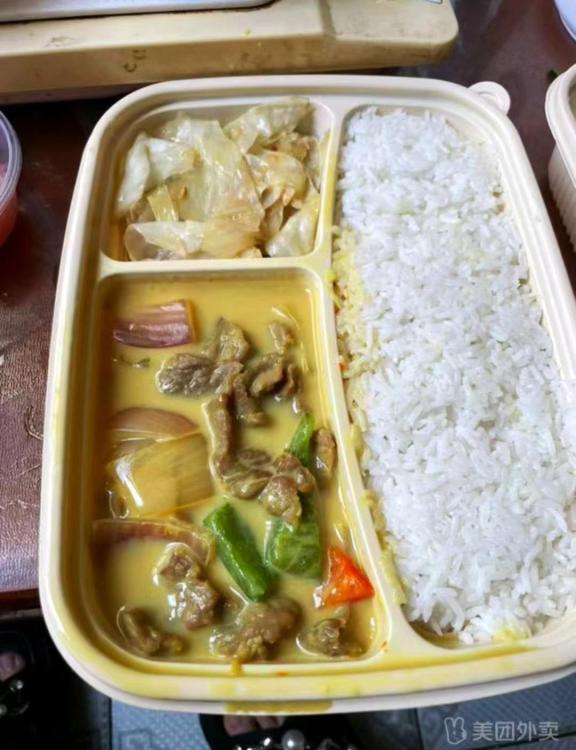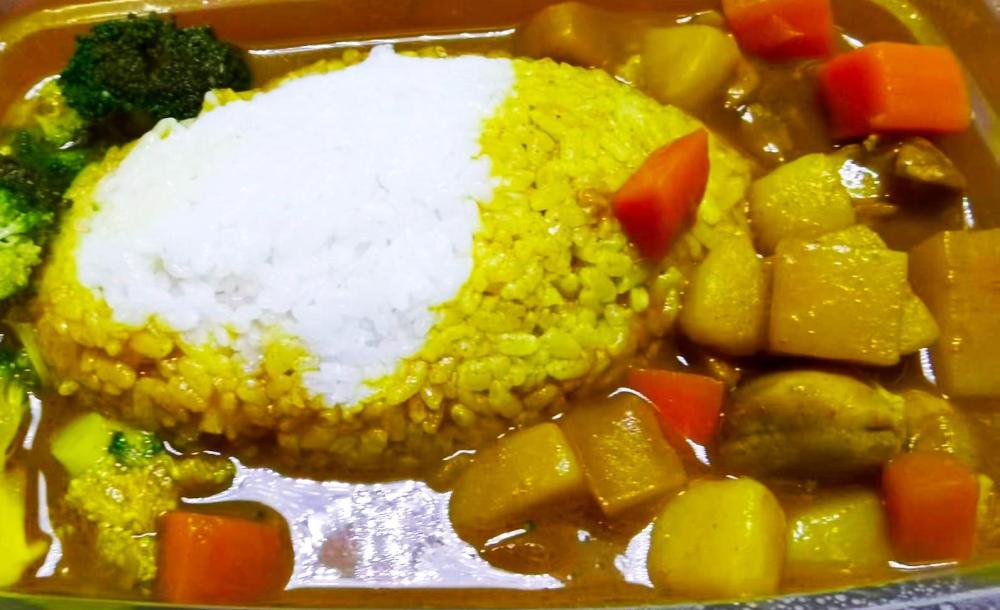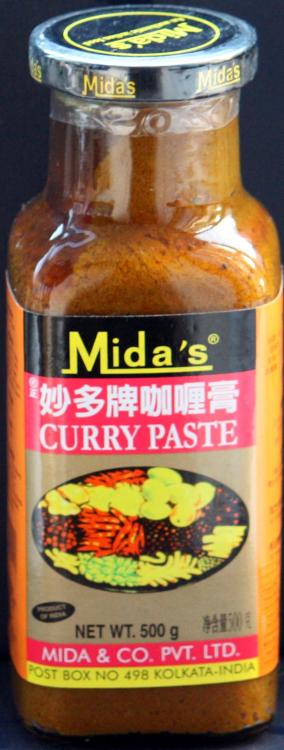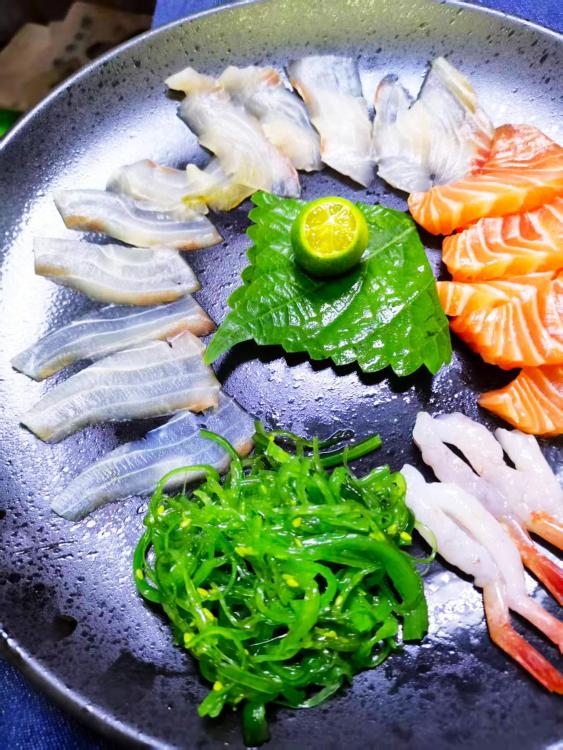-
Posts
16,726 -
Joined
-
Last visited
Content Type
Profiles
Forums
Store
Help Articles
Everything posted by liuzhou
-
No. Mine is wired. The wireless ones don't seem to be available here. The corded ones are also more powerful. I too like the mini chopper bowl / food processer, though. This is the model I have, although mine is a deep maroon; not red.
-
I was about to say the a rice cooker is the way to go but I guess that depends on how often you eat rice and available storage space. Everyone has one here, but the do eat rice at least twice a day. You don't need an expensive one - even a basic one does the job perfectly well. I have two: a small one for when it's just me and a large one for when I now rarely, entertain.
-
You'd have to prise my cold dead hands off my Bamix.
-
An interesting article in the Grauniad today. ‘The English person with a Chinese stomach’: how Fuchsia Dunlop became a Sichuan food hero | Chinese food and drink | The Guardian Although I admire Ms Dunlop a lot for her recipe books, for her introducing Sichuan cuisine to the west and agree with most of this article, there are a couple of obvious problems. Having sold 200,000 copies of a book in China is extremely low. With a population around 4 billion population, it is nothing. Do the mathematics. I have been in China for 30 years heavily involved in food and have never met anyone who knows her. Also, Walmart in China sells very little western food. They aren't that stupid. Few people want it. But with those caveats, it's still a good read.
-
- 2
-

-
There have been a couple of occasions I've put some fresh chillies into the fridge and forgotten about them, only to find the weeks later lurking behind something else. They were perfectly dried! Despite that, probably not the best method.
-
Many years ago, there was a trend in the UK for serving Sol beer in the bottle with a wedge of lime in the neck of the bottle. This apparently baffled Mexicans, not so much for the lime but that the idea that Sol would be popular. Back there it was, maybe still is, considered to be of very low quality. Some wag responded by pushing a photograph of a bottle of Newcastle Brown with a sausage in the neck. I have searched for that image but sadly failed.
-
I really like them a lot. They should be juicy.
-
It seems the information I previously found on the giant tangerines mentioned upthread was incorrect. Rather than having been developed in Israel, it appears they were first bred in 1972 in Japan as a hybrid of Kiyomi and ponhan citruses. In Japanese, they are デコポン (dekopan). They are sometimes referred to as sumo mandarin or sumo citrus in English. An alternative name in Chinese, is 凸顶柑 (tū dǐng gān), literally 'protruding top tangerine'. They have been introduced into Australia and in limited numbers in the USA.
-
-
青椒木耳炒鸡 (qīng jiāo mù ěr chǎo jī), Hunan style green pepper fried chicken with wood ear fungus. Served with rice.
-
-
According to the link you posted, there are three producers. Anyway, I am downloading and give my impressions later.
-
Every time you write that, my fading eyesight sees 'root canal' and the idea of root canal dough has me worried!
-
-
-
That place did put them together, but others don't. I'd estimate that it's about 50:50. Generally the better places separate them.
-
This was what it was and what it was was what I wanted, or rather was and wasn’t what I wanted. What I was wanting was not to cook and that was what occurred. What I was wanting was curry but the curry I was wanting was of the Indian variety which this wasn’t. This was of the Sino-Japanese variety and so, was wanting. Chicken curry it was and as always was more full of carrot and potato than it was of chicken. Cheapskates. Over rice, it was. Remarkably, it was actually more tasty than I was expecting and was enough to dull the craving. (Although I can buy Indian curry paste, I don’t go that route – all the curries end up tasting the same. Individual Indian spices are very difficult to source here. India and China have never gotten along well despite or because of their shared and disputed border. A few come in from Pakistan but are never of great quality.) I need to go to Hong Kong for good Indian food. Or, of course, India, although India is where I have eaten the worst Indian food of my life.
-
Many, many years ago, I found a Nepali restaurant in London. Returned many. many times. Years later was lucky to visit Nepal. Wonderful food.
-

A pictorial guide to Chinese cooking ingredients
liuzhou replied to a topic in China: Cooking & Baking
Almost a year later, I got to the bottom of the smooth shell walnuts. They are a variety of walnut from Xinjiang, Chia's westernmost province. Called paper skin or paper thin walnuts etc. Chinese Paper Thin Walnut –Xinjiang 185 More at the link. -
Apologies for the dreadful plating and photo; I was too hungry. Sashimi (salmon, sea bream and Arctic shrimp with sea grass. Served with soy sauce and real wasabi. (not in photo).
-
I wouldn't say it's even particularly American. It is common in France. My grandmother served it in the 1950s, probably much earlier before I was around. It is also known in Italy and Germany. Indeed, the ancient Romans used it, too. Probably brought to the USA by German immigrants. China also developed the taste, probably separately.
-

[Un]truth in Food Advertising: Marketing vs. Reality
liuzhou replied to a topic in Food Media & Arts
Most types of black rice turn purple-ish when cooked. -
Yes, I've had it many times but never used it myself. It is tasteless and valued only for its texture, something important to Chinese 'tastes'. There are many such foods.
-
I use wilted lettuce ll the time. It's probably the most common way to use it, round here. Not so much as a salad, but more a side dish, stir fried wilted with garlic and oyster sauce. Or dropped into soup dishes to wilt in the residual heat. Pea and lettuce soup is my favourite. Ditto with fried rice.


